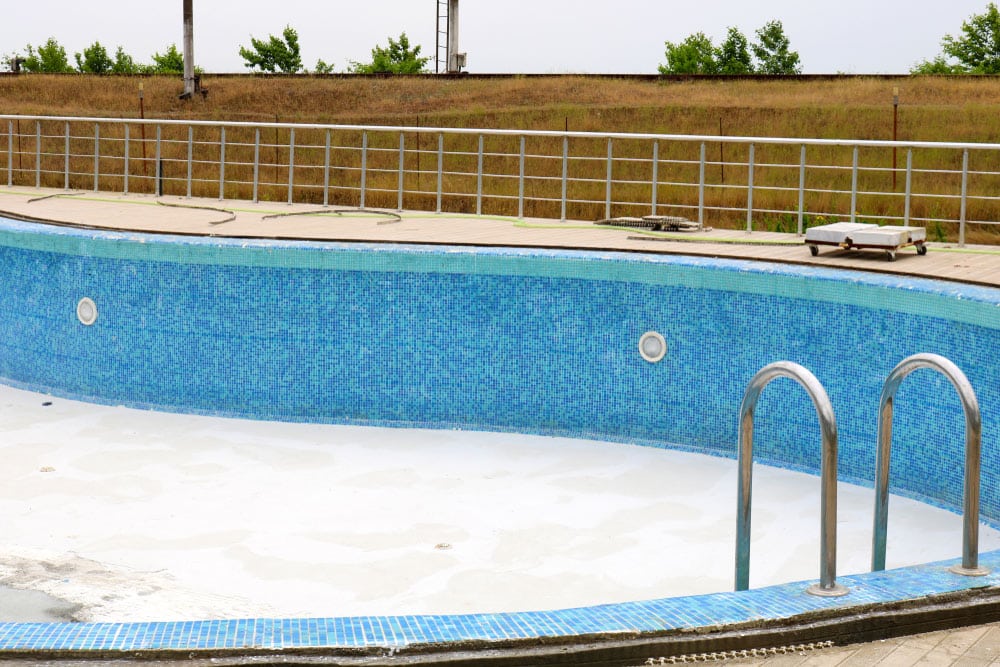Fiberglass pools are an increasingly popular choice for homeowners due to their durability, low maintenance and overall aesthetics. However, like any other pool, they’re not immune to problems. One issue that can arise with fiberglass pools is the formation of blisters. Blisters are bumps or bubbles that form on the surface of the pool and they can be caused by a variety of factors including improper installation, water chemistry imbalances or manufacturing defects.
If you’ve noticed blisters on your fiberglass pool, don’t panic! In this blog, we’ll provide you with a step-by-step guide on how to fix blisters to restore your pool’s appearance.
Step 1: Drain The Pool
The first step in fixing blisters in your fiberglass pool is to drain the water. You can use a submersible pump to remove the water from the pool. Be sure to turn off the power to the pool equipment before you begin draining the water.
Step 2: Identify The Blisters
Once the pool is drained, you can begin to identify the blisters. Blisters can range in size and depth and can be located on any part of the pool’s surface. Use a marker to circle each blister, so you know where to focus your repair efforts.
Step 3: Sand The Blisters
To repair the blisters, you’ll need to sand the affected areas. Use sandpaper or a sanding disc to remove the damaged fiberglass from the pool’s surface. Be sure to wear a dust mask and eye protection while sanding.
Step 4: Remove The Damaged Fiberglass
After sanding the blisters, use a chisel or a grinder to remove any loose or damaged fiberglass. Be careful not to damage the surrounding areas of the pool.
Step 5: Clean The Area
Once you have removed the damaged fiberglass, use a clean cloth to wipe away any debris or dust. It’s important to ensure the area is clean and free of any debris before proceeding to the next step.
Step 6: Apply Fiberglass Resin
Apply a layer of fiberglass resin to the damaged area using a fiberglass brush. Be sure to apply enough resin to completely cover the damaged area. Smooth out the resin with a roller to ensure an even application.
Step 7: Allow The Resin To Cure
Allow the resin to cure for at least 24 hours before proceeding to the next step. It’s essential to give the resin enough time to cure to ensure a strong and durable repair.
Step 8: Sand And Smooth The Repair
After the resin has cured, use a 220-grit sandpaper to sand the repaired area. Sand until the surface is smooth and level with the surrounding areas of the pool.
Step 9: Clean The Area
Use a clean cloth to wipe away any dust or debris from the repaired area.
Step 10: Refill The Pool
Finally, it’s time to refill the pool with water. Once the pool is filled, you can turn on the power to the pool equipment and enjoy your newly repaired fiberglass pool!
Blisters in fiberglass pools can be an unsightly problem but they are easily fixable with the right tools and techniques. If you’re uncomfortable performing the repairs yourself, it’s always a good idea to consult with a professional pool technician who can provide you with additional guidance.
At Gibson Family Pools, we’re committed to providing our customers with the highest level of service and support. Our quality manufacturing and installation services minimise the risk of blisters and other problems with your fiberglass pool, allowing you to maximise the benefits offered by your pool. Contact our team today to learn more.


